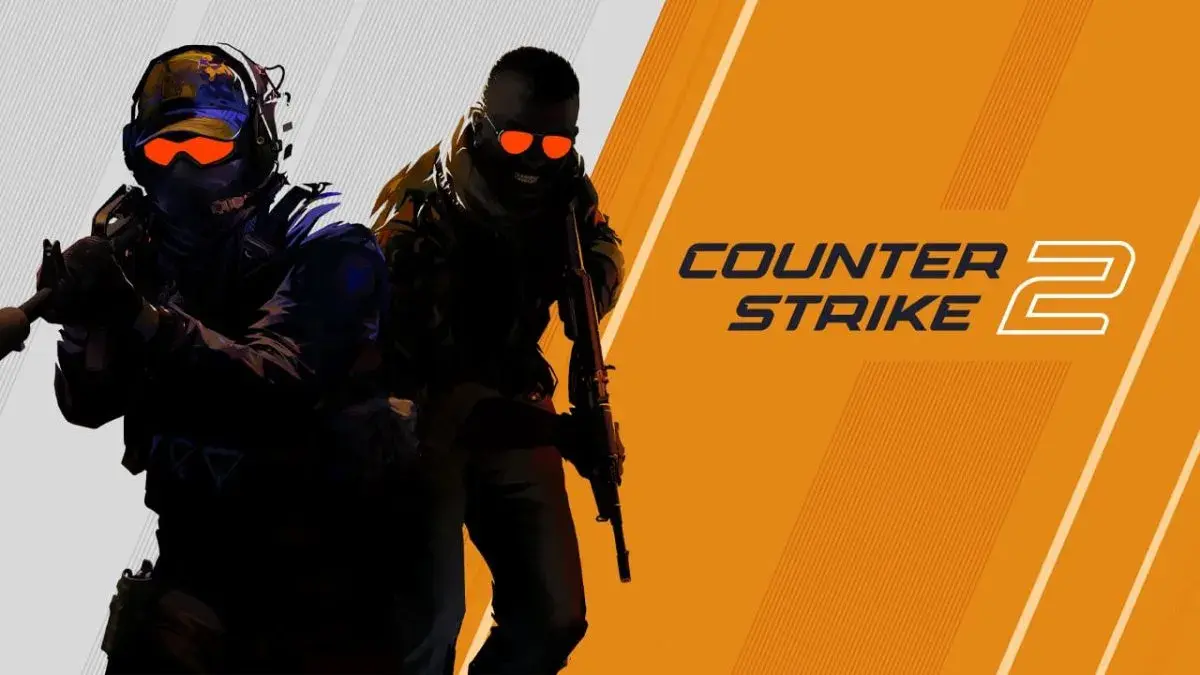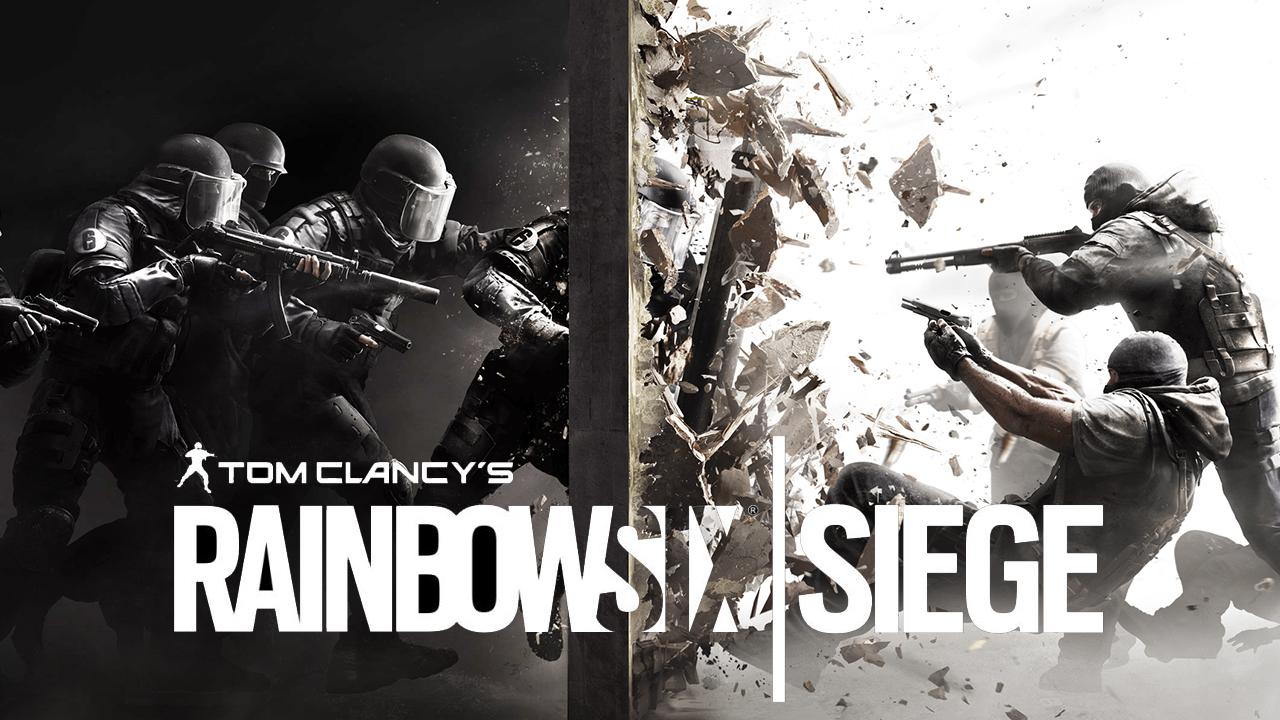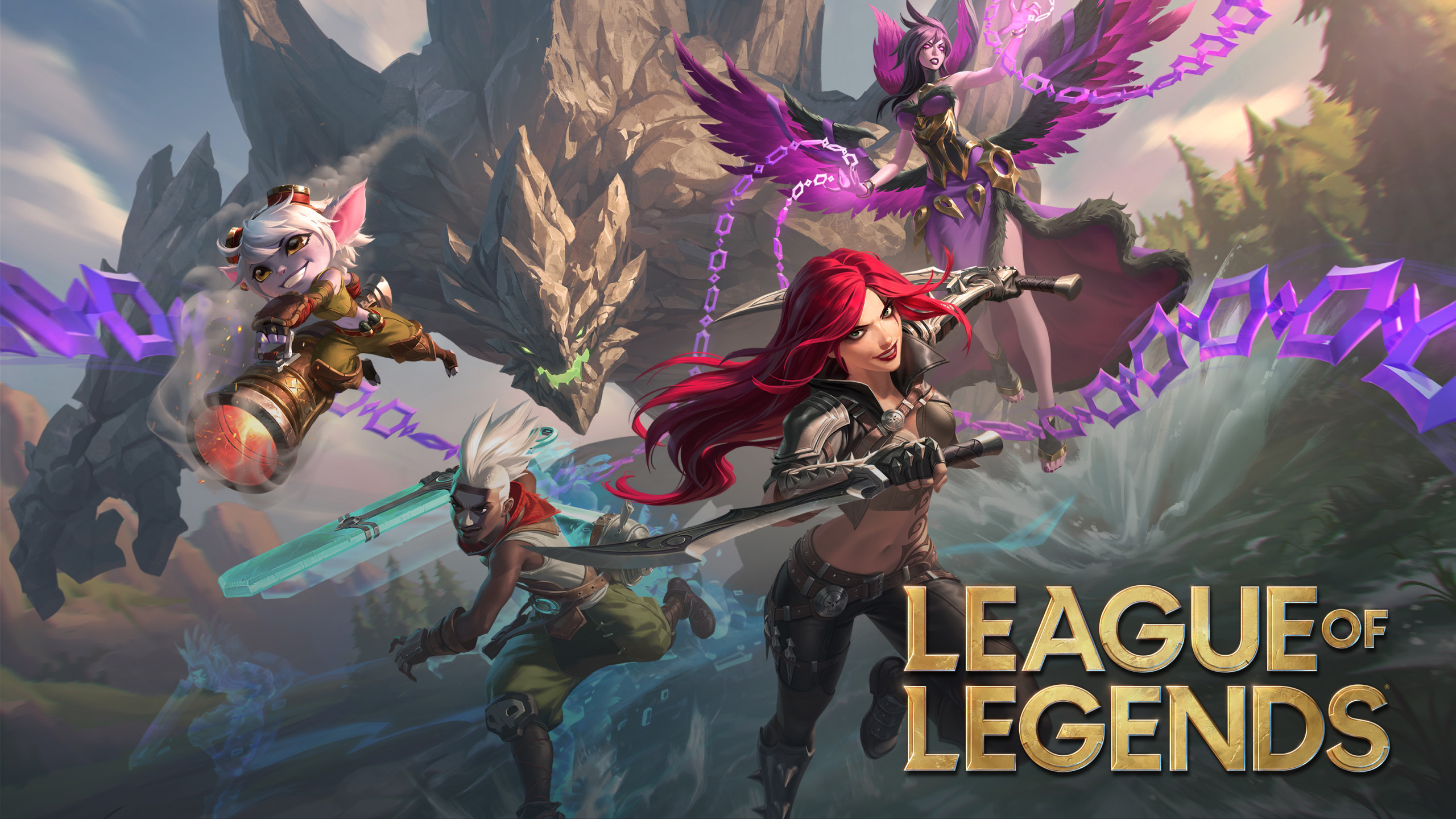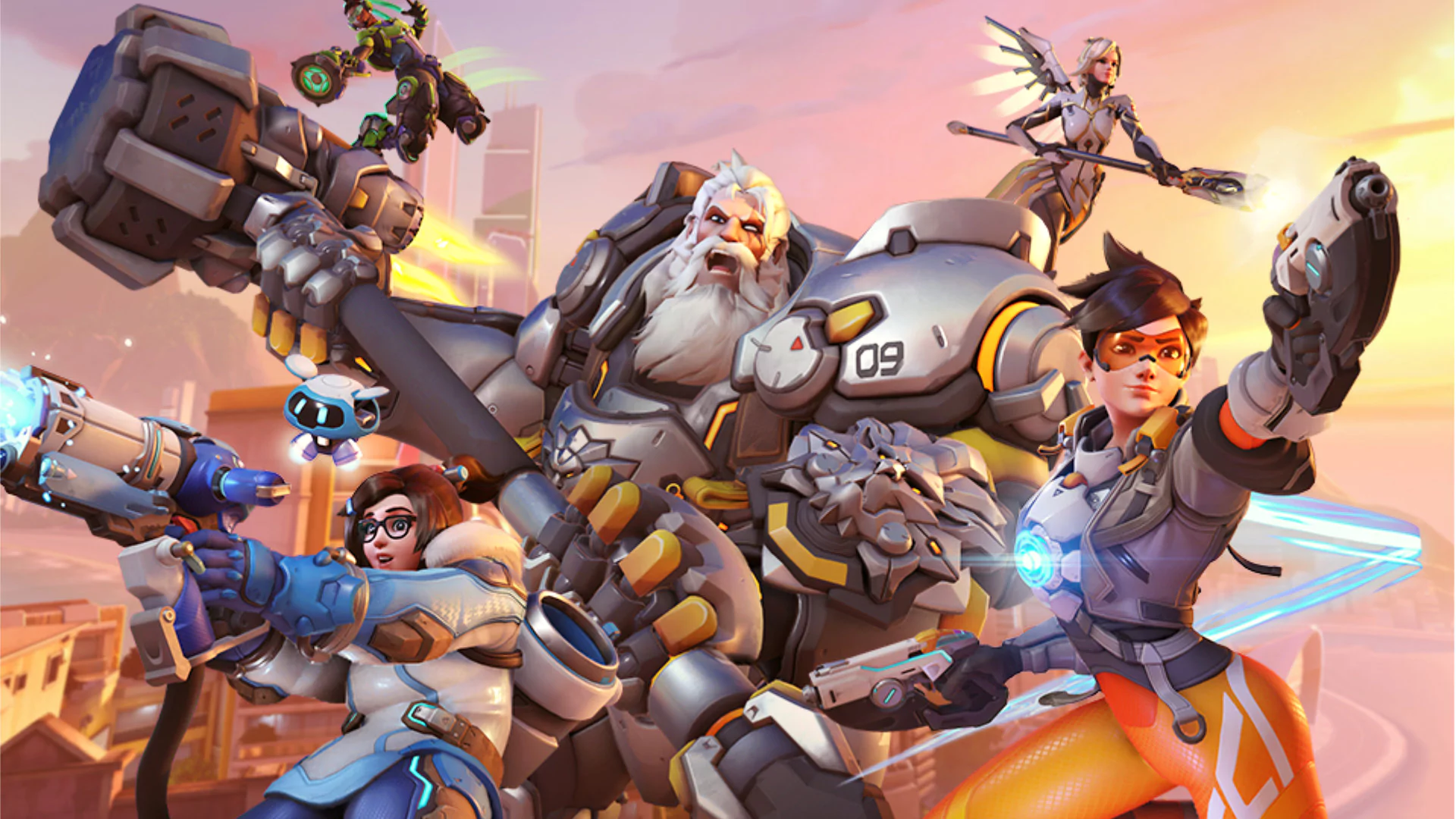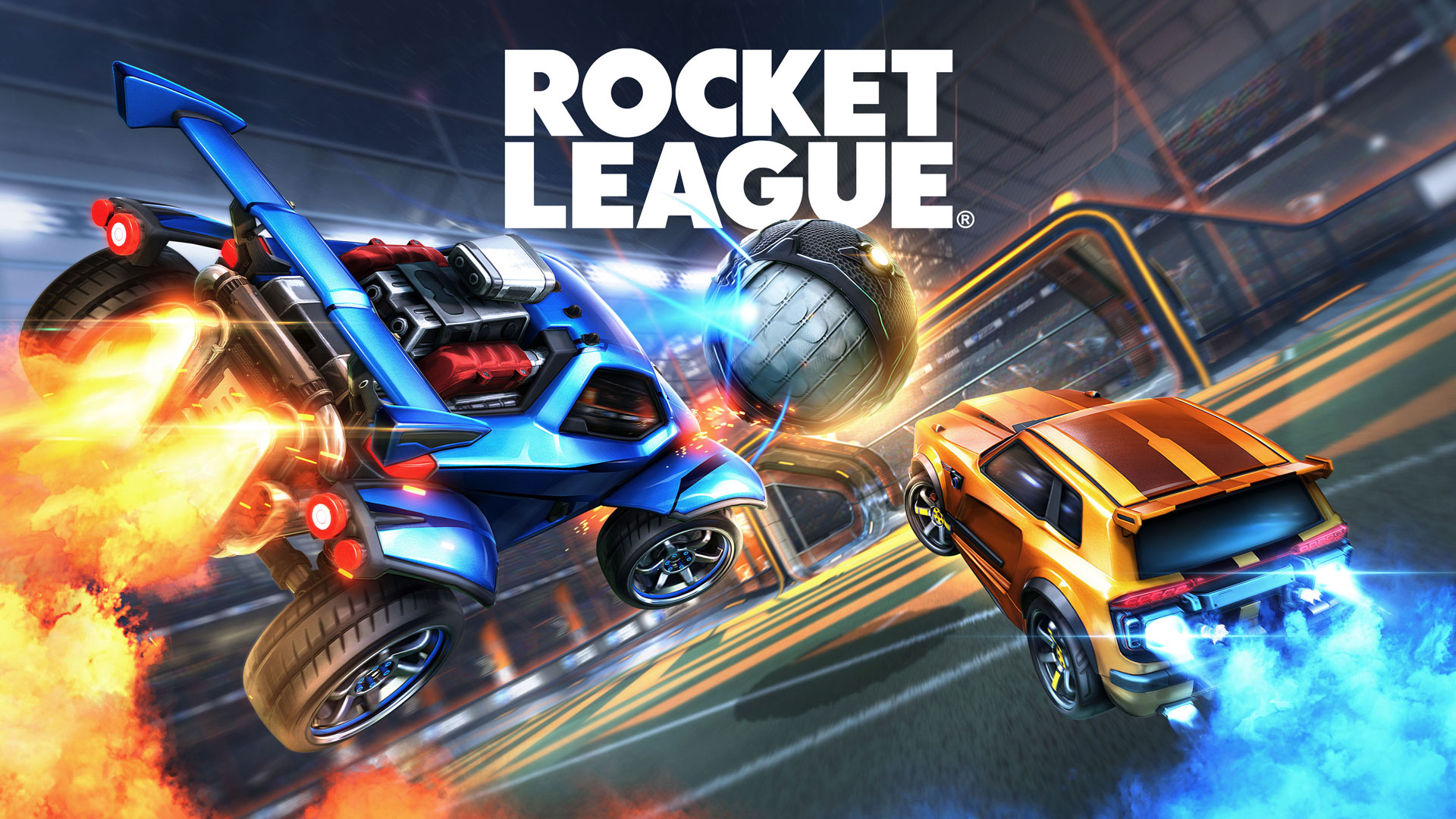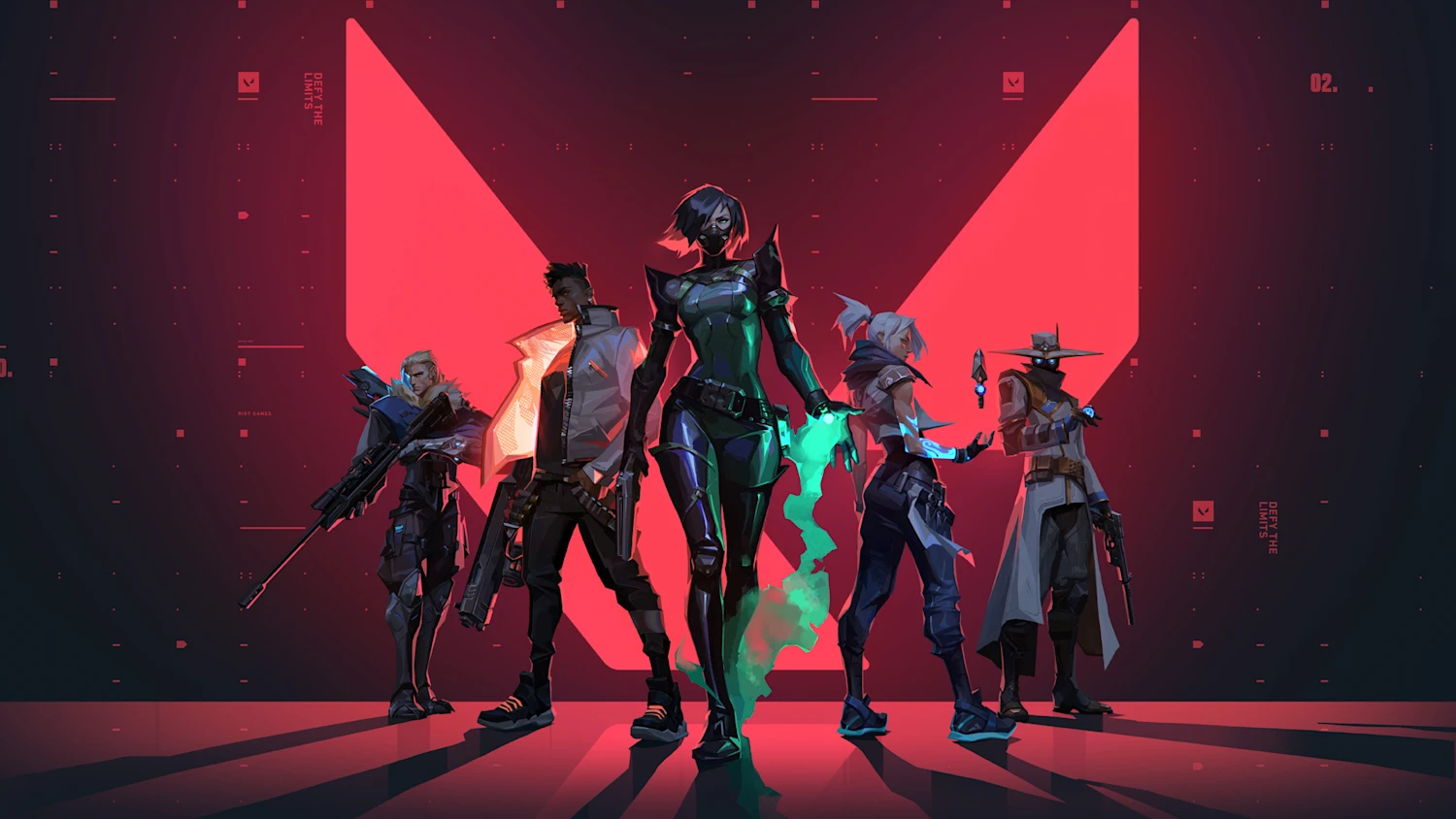You've mastered the spray patterns, learned all the callouts, and practiced your crosshair placement for hours. But when you queue with randoms in Counter-Strike 2, everyone wants to AWP, nobody smokes, and there's no clear strategy. Sound familiar?
The truth is, individual skill only takes you so far in CS2. Professional teams don't dominate because they have five star players—they win because each player understands their role, trusts their teammates, and executes coordinated strategies. The same principles apply whether you're pushing for Global Elite or just trying to climb out of Silver.
Introduction
Counter-Strike 2's tactical depth comes from its role-based gameplay. Unlike casual shooters where everyone does the same thing, CS2 requires specialized positions that complement each other: the entry fragger who opens sites, the support player who sets them up for success, the AWPer controlling long angles, the IGL calling strategies, and the lurker creating chaos behind enemy lines.
Understanding these five core roles—and how they interact—is the difference between a random group of skilled players and a cohesive team that consistently wins matches. In this comprehensive guide, you'll learn exactly what each role does, the skills required to excel in each position, and most importantly, how to build a balanced squad where everyone's strengths shine.
While assembling a team with complementary roles can be challenging through traditional LFG methods, platforms like Jynx make it easier with swipe-based discovery that lets you filter by preferred roles and playstyles, not just rank.
The Five Essential CS2 Team Roles
Every competitive CS2 team needs these five specialized positions. Let's break down what makes each role unique and how they contribute to team success.
Entry Fragger: The First One In
Primary Responsibility: Be the first player to enter contested areas and create space for your team.
The entry fragger is arguably the most mechanically demanding role in CS2. You're the tip of the spear—the player who runs onto bombsites first, takes the initial duels, and forces defenders to reveal their positions. Your job isn't necessarily to get kills (though that helps), but to gather information and create trading opportunities for your team.
Key Skills Required:
- Exceptional aim and crosshair placement: You take the first fight, so you need to win it
- Map knowledge: Understanding common angles, pre-aiming positions, peeking mechanics
- Confidence and aggression: Hesitation gets your team stuck at choke points
- Communication: Calling enemy positions before you die is critical
- Resilience: You'll die first often—it's part of the job
Ideal Personality Traits: Fearless, decisive, quick-thinking, emotionally resilient. Entry fraggers can't be passive or overthink situations.
Common Mistakes:
- Peeking without utility support (flashes, smokes)
- Over-rotating and leaving teammates exposed
- Tilting after dying early rounds
- Taking unnecessary aim duels when information is already gathered
Pro Tip: The best entry fraggers don't have the highest K/D ratios. If you're trading 1-for-1 and giving your team man-advantage to retake, you're doing your job perfectly.
Support Player: The Unsung Hero
Primary Responsibility: Enable your team's success through utility usage, trades, and selfless play.
If entry fraggers are the stars, support players are the directors who make them shine. You're the player throwing the perfect flashbangs that blind three defenders, smoking off angles so your AWPer can cross safely, and trading kills when your entry fragger dies. Support players have the lowest frag counts but the highest impact on round wins.
Key Skills Required:
- Utility mastery: Knowing 50+ smoke lineups, pop-flashes, molotov timings
- Game sense: Understanding when and where to use utility for maximum impact
- Positioning: Always in the right place to trade or refrag
- Economy management: Buying for teammates, dropping weapons strategically
- Patience: Waiting for the perfect moment to use your utility
Ideal Personality Traits: Team-oriented, patient, selfless, strategic thinkers who derive satisfaction from enabling others.
Common Mistakes:
- Wasting utility at the start of rounds
- Not coordinating flashes with entry fraggers
- Baiting teammates instead of trading
- Poor economy decisions (force buying when team is saving)
Loadout Priorities: Support players often sacrifice buying armor or better weapons to ensure they have full utility (2 flashes, smoke, HE grenade, molotov). A support with utility is more valuable than a support with an M4.
AWPer: The角度 Control Specialist
Primary Responsibility: Control long sightlines, hold angles, and secure high-impact picks.
The AWP is Counter-Strike's most iconic weapon—a one-shot kill to the chest at any range. AWPers are your team's scalpel: surgical, precise, and capable of winning rounds single-handedly. But this power comes with responsibility. At $4,750, losing an AWP swings the economy significantly, and good AWPers know when to play aggressive versus when to preserve the weapon.
Key Skills Required:
- Flick shots and reaction time: AWP duels are won in milliseconds
- Angle holding: Patience to hold the same angle for 90 seconds
- Positioning and rotation: Knowing when to reposition versus when to hold
- Economy awareness: Understanding when to buy, save, or drop the AWP
- Adaptability: Effective with rifles when the AWP isn't economically viable
Ideal Personality Traits: Patient, consistent, confident under pressure, disciplined with economy decisions.
Common Mistakes:
- Over-peeking and giving away free AWP to enemies
- Forcing AWP buys in bad economic situations
- Playing too passively and never taking aggressive peeks
- Not communicating when holding angles
- Ego-challenging enemy AWPers unnecessarily
Role Variations:
- Aggressive AWPer: Takes early map control, gets opening picks (think s1mple style)
- Defensive AWPer: Holds sites, plays retake scenarios (more positional)
The best AWPers balance both styles depending on the situation.
In-Game Leader (IGL): The Strategic Mastermind
Primary Responsibility: Call strategies, read the opponent, and make mid-round decisions.
The IGL is your team's brain. While everyone else focuses on their individual role, the IGL sees the bigger picture: enemy economy, tendencies, time management, and strategic adjustments. A great IGL can take a team of average players and beat mechanically superior opponents through superior strategy and adaptation.
Key Skills Required:
- Game sense and map reading: Understanding enemy positions from limited information
- Strategic knowledge: Knowing dozens of set plays, executes, and defaults
- Leadership and communication: Clear, concise calls that everyone trusts
- Emotional intelligence: Managing team morale and individual player tilt
- Adaptability: Changing strategies mid-match based on what's working
Ideal Personality Traits: Analytical, calm under pressure, natural leader, excellent communicator, thick-skinned (IGLs get blamed when strategies fail).
Common Mistakes:
- Over-calling and micromanaging every player's position
- Sticking to one strategy when it's clearly not working
- Not considering team feedback and input
- Making calls too late (indecision)
- Blaming teammates when strategies fail
Important Note: IGLs often have lower frag counts because they're focused on strategy, economy, and team management. A good IGL with 15 kills is more valuable than a non-IGL with 25 kills if the team wins the match.
This is where smart matchmaking platforms help—by letting you filter for leadership ability, communication style, and strategic thinking upfront, not just raw aim stats, you can find IGLs and players who complement each other.
Lurker: The Information Gatherer
Primary Responsibility: Operate independently, gather information, and create pressure away from the main execute.
Lurkers are CS2's lone wolves. While your team executes on Bombsite A, you're on the opposite side of the map: cutting off rotations, gathering information about enemy positions, and occasionally getting huge multi-kills on rotating defenders. Lurking requires independence, game sense, and the discipline to not chase unnecessary kills.
Key Skills Required:
- Independent decision-making: Operating without team support
- Timing and patience: Knowing when to strike versus when to wait
- Sound cue reading: Using audio to track enemy movements
- Clutch ability: Lurkers often end up in 1vX situations
- Map knowledge: Understanding rotation timings and paths
Ideal Personality Traits: Independent, patient, opportunistic, excellent game sense, comfortable playing alone.
Common Mistakes:
- Lurking too predictably (same spots every round)
- Going for frags instead of cutting rotations
- Not communicating enemy positions
- Dying to early aggression before providing value
- Lurking when the team needs you in the main execute
The Golden Rule of Lurking: Your primary job is information, not frags. If you die getting two kills but the enemy gets a full rotate to your team's execute, you failed your role.
Building a Balanced 5-Man Squad
Now that you understand each role, let's talk about team composition. A balanced CS2 team needs:
- One dedicated entry fragger (primary site entry)
- One or two support players (utility and trades)
- One AWPer (angle control and picks)
- One IGL (can overlap with support or AWPer)
- One lurker (information and cut rotations)
Role Overlap and Flexibility
In practice, roles often overlap:
- IGL + Support: Many IGLs play support roles (karrigan, FalleN)
- IGL + AWPer: Some IGLs AWP (gla1ve at times)
- Entry + Lurker: On T-side, entry fraggers can lurk on slow rounds
- Flexible Support: Support players fill gaps based on situation
The key is having primary role assignments while maintaining secondary role flexibility.
Complementary Playstyle Matching
Beyond roles, consider how playstyles complement each other:
Aggression Balance:
- Don't stack 5 hyper-aggressive players (no one holds site)
- Don't stack 5 passive players (no map control)
- Aim for 2-3 aggressive, 2-3 passive/balanced players
Communication Styles:
- Mix vocal leaders with good listeners
- Avoid 5 players all trying to IGL
- Ensure everyone can make clear callouts under pressure
Emotional Composure:
- Balance players who tilt easily with mentally resilient teammates
- Have at least 2-3 players who maintain morale during comebacks
- Avoid grouping multiple toxic players together
Ready to find your perfect gaming squad? Jynx uses swipe-based discovery to help you quickly find compatible CS2 teammates who complement your strengths. Filter by verified rank, preferred roles, and playstyle to match with players who fill the gaps in your team.
How to Find Teammates for Each Role
So you know what roles you need—but where do you find these players?
Traditional Methods (And Their Limitations)
Discord LFG Servers:
- Pros: Large player pools, immediate availability
- Cons: No role filtering, skill mismatches, zero vetting for compatibility
Reddit and Forums:
- Pros: Can specify role requirements in posts
- Cons: Time-consuming, low response rates, no guarantee of fit
In-Game Matchmaking:
- Pros: Instant queues
- Cons: Completely random teammates, no role coordination, communication barriers
Friends and Friends-of-Friends:
- Pros: Built-in trust and chemistry
- Cons: Limited pool, might not have players for needed roles
The AI-Powered Solution
Modern matchmaking platforms solve these problems by matching based on:
Role Preferences: Filter for specific positions (looking for AWPer, IGL, support, etc.)
Skill Verification: Automated rank import prevents fake rank claims
Communication Requirements: Match based on voice comm preferences and language
Playstyle Compatibility: Aggressive vs passive, structured vs loose strategies
Availability Matching: Automatically pair players in compatible time zones with similar schedules
This eliminates the "LFG fatigue" of posting the same message 50 times hoping for responses.
How Jynx Helps Build Balanced CS2 Teams
Finding five players who each excel in different roles—and actually get along—is traditionally a nightmare. Jynx solves this through several unique features:
Swipe-Based Role Discovery
When creating your Jynx profile, you specify:
- Primary role preference (entry, support, AWPer, IGL, lurker)
- Secondary roles you're comfortable with
- Playstyle indicators (aggressive/passive, structured/loose)
Then you can swipe through potential teammates and quickly see who complements your role. Looking for an IGL? Filter to only see players who actually want to lead teams.
Compatibility Scoring
CS2 requires more than mechanical skill—it demands communication and emotional composure. Jynx's compatibility scoring considers:
- Playstyle compatibility: Aggressive vs passive, risk tolerance, decision-making speed
- Communication preferences: Voice comm usage, callout frequency, leadership style
- Schedule alignment: Time zones, typical play hours, session length preferences
- Language matching: Ensuring clear communication without barriers
This prevents the common scenario where you find four skilled players, but one constantly tilts and ruins team morale.
Verified Rank Data
Through Steam API integration, see actual verified ranks and performance stats before connecting—no more players claiming to be Global Elite when they're stuck in Gold Nova.
Trust Ratings and Feedback
After playing with teammates through Jynx, you can rate:
- Role performance (did they actually play their stated role?)
- Communication quality
- Tilt resistance
- Team compatibility
These ratings help improve future matches and filter out toxic players who claim to be supportive but flame teammates.
Privacy-First Approach
You don't need to expose your real name, personal social media, or Steam profile to find teammates. Jynx uses a private handle system (like Discord's username#discriminator format), so you can find compatible players while maintaining privacy until you choose to share more.
Quick Team Formation
Finding one good teammate is easy. Finding four compatible players who collectively fill all five roles is exponentially harder. Jynx's team formation helps by:
- Analyzing your role preferences and playstyle
- Suggesting compatible players whose roles complement yours
- Ensuring the group has balanced role coverage
- Checking schedule overlap for consistent practice times
You can quickly build a full 5-stack based on compatibility and availability.
Common Team Composition Mistakes to Avoid
Even with the right players, teams fail due to poor composition decisions:
Mistake #1: Three AWPers on One Team
The Problem: Everyone wants to AWP, but only one person can afford it most rounds.
The Solution: Have one primary AWPer, one secondary (who can AWP but prefers rifles), and three rifle specialists. Agree on AWP priority before matches start.
Mistake #2: No Defined IGL
The Problem: Everyone makes calls, creating conflicting strategies and hesitation.
The Solution: Designate one primary IGL and one secondary caller (for when IGL dies early). Everyone else follows calls, even if they disagree.
Mistake #3: All Aggressive, No Defensive Players
The Problem: Great at taking sites, terrible at holding them post-plant.
The Solution: Ensure 2-3 players are comfortable in defensive, patient roles. Balance T-side aggression with CT-side discipline.
Mistake #4: No Support Players (Everyone Wants Frags)
The Problem: No one throws utility, everyone baits each other for kills.
The Solution: Emphasize that support players are just as valuable as fraggers. Track and celebrate support stats (flash assists, utility damage, successful smokes).
Mistake #5: Rigid Roles with Zero Flexibility
The Problem: Your AWPer can't rifle, entry fragger can't lurk, support player can't frag.
The Solution: Everyone should have a primary role and 1-2 secondary roles they can competently fill. Flexibility wins matches.
Training Your Team to Execute Roles Effectively
Understanding roles theoretically is step one. Executing them in-match requires practice:
Practice Drills by Role
Entry Fraggers:
- Prefire common angles workshop maps
- Practice peeking with various utility combinations
- 1v1 arena servers for raw aim improvement
Support Players:
- Utility lineup practice (50+ smokes, flashes, mollies)
- Trading drill: Partner with entry, practice immediate refrag
- Economy management scenarios
AWPers:
- Flick shot training in aim training maps
- Angle-holding drills with reaction time tracking
- Positioning practice: knowing when to retreat
IGLs:
- VOD review of professional matches
- Study set executes and counter-strategies
- Practice calling under pressure in scrims
Lurkers:
- Timing drills: learning rotation times on each map
- Sound cue training: identifying enemy positions by audio
- Clutch scenario practice
Team Practice Structure
Week 1-2: Role Definition
- Each player practices their primary role
- Establish communication protocols
- Learn 2-3 set executes per map
Week 3-4: Coordination
- Practice set executes with full utility
- Drill trade scenarios (entry dies, support refrag)
- Review VODs together to identify mistakes
Week 5+: Strategic Depth
- Add counter-strat adjustments
- Practice mid-round adaptations
- Scrim against other teams to test synergy
Golden Rule: 30 minutes of focused practice is worth 3 hours of mindless ranked grinding.
Conclusion
Building a successful CS2 team isn't about finding five players with the highest headshot percentages—it's about assembling complementary roles that create a cohesive unit. The entry fragger creates opportunities, the support enables them, the AWPer controls space, the IGL provides strategy, and the lurker creates chaos. When these five roles work in harmony, the result is a team that's far greater than the sum of its parts.
The biggest challenge isn't understanding roles—it's finding players who genuinely want to fill each position and who have compatible playstyles, communication preferences, and schedules. That's where modern AI-powered matchmaking transforms the process from weeks of trial-and-error to minutes of intelligent pairing.
Start by identifying your own strengths and preferred role. Then seek teammates whose roles and playstyles complement yours. With the right composition and consistent practice, you'll climb ranks faster and enjoy CS2 more than you ever did with random teammates.
Download Jynx today and find the perfect CS2 teammates in minutes through quick swipe-based discovery. Match with players who share not just your rank and role preferences, but your communication style, playstyle, and competitive mindset—all verified through official Steam APIs.
Frequently Asked Questions
Can one player fill multiple roles on the same team?
Yes, role overlap is common and often necessary. Many IGLs also play support roles, and entry fraggers can lurk on slower rounds. The key is having clear primary role assignments while maintaining flexibility for secondary roles based on the situation.
What role should beginners start with in CS2?
Support is the best starting role for new players. You'll learn utility lineups, map knowledge, and positioning without the pressure of taking the first duels. As you improve mechanically, you can transition to entry fragging, AWPing, or other roles. Avoid IGL as a beginner—it requires extensive game knowledge.
How important is role specialization in lower ranks (Silver-Gold)?
Less critical than in higher ranks, but still valuable. Even in Silver, having one player who consistently throws smokes and another who entry frags will give you an advantage over completely uncoordinated teams. Role discipline matters at every skill level.
Should AWPers ever switch to rifles mid-match?
Absolutely. Good AWPers know when the economy doesn't support an AWP buy, or when the map/situation favors rifles. Flexibility is key—never force AWP buys in bad economic situations just because you're "the AWPer."
What if two players on my team want the same role?
Have an honest conversation about primary vs secondary roles. Perhaps one player mains entry on certain maps while the other lurks, and you swap on different maps. Alternatively, use performance-based role assignments—whoever performs better as entry fragger during practice gets that role in official matches. Flexibility and communication solve most role conflicts.
